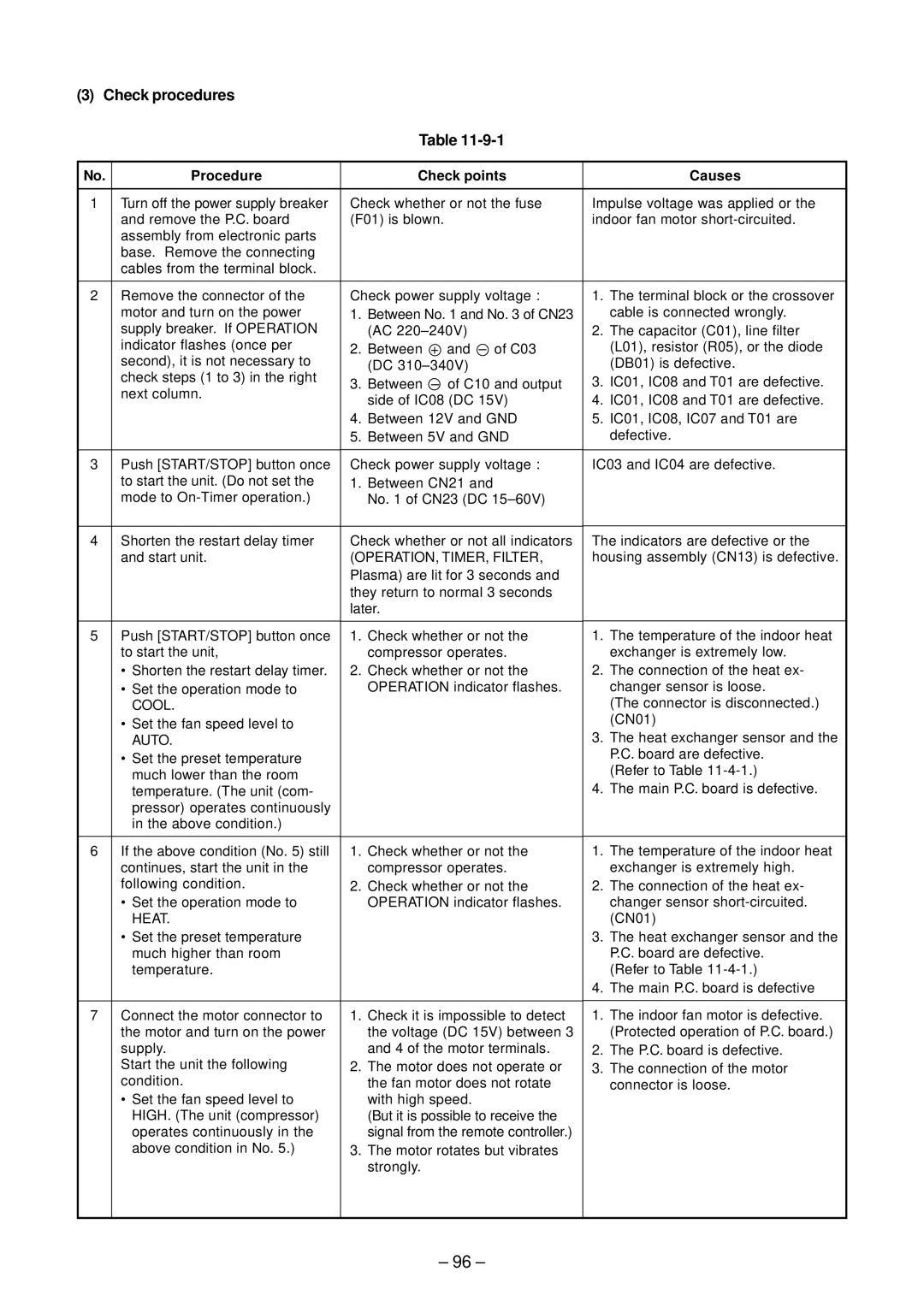RAS-B10EKVP-E, RAS-M14EAV-E, RAS-B13EKVP-E, RAS-M18EAV-E, RAS-M10EKCVP-E specifications
Toshiba is renowned for producing high-quality air conditioning systems that blend performance with energy efficiency. Among its notable offerings are the RAS-M18EACV-E, RAS-M18EAV-E, RAS-B13EKVP-E, RAS-M16EKCVP-E, and RAS-M14EACV-E models. These units cater to various air conditioning needs, providing optimal comfort for residential and light commercial spaces.The RAS-M18EACV-E and RAS-M18EAV-E models are designed with advanced Inverter technology, which ensures efficient operation by adjusting the compressor speed according to the cooling demand. This feature significantly reduces energy consumption, leading to lower electricity bills while maintaining a consistent indoor temperature. Both units come equipped with a high-capacity cooling system that can efficiently manage even the hottest summer days.
On the other hand, the RAS-B13EKVP-E offers a balance of performance and affordability. It features a compact design ideal for smaller rooms, making it a popular choice for residential applications. This model includes a user-friendly remote control system, allowing for easy temperature adjustments from anywhere in the room.
The RAS-M16EKCVP-E and RAS-M14EACV-E models showcase Toshiba’s commitment to durability and reliability. These units utilize high-quality components and advanced cooling technologies to ensure long-lasting performance. They also feature robust air filtration systems that purify the air, aiding in the reduction of allergens and dust particles, thus enhancing indoor air quality.
All of these models are equipped with a range of user-friendly features, including programmable timers, sleep modes, and adjustable airflow settings, giving users greater control over their indoor environment. Additionally, many of these units utilize eco-friendly refrigerants, aligning with global efforts to reduce environmental impact.
In summary, Toshiba’s RAS-M18EACV-E, RAS-M18EAV-E, RAS-B13EKVP-E, RAS-M16EKCVP-E, and RAS-M14EACV-E air conditioning systems offer a blend of innovative technologies, energy-efficient operation, and user-friendly features. Whether for residential cooling or light commercial use, these models stand out for their effectiveness and reliability, catering to varying demands while ensuring maximum comfort. Toshiba’s dedication to quality and sustainability is reflected in every model, making them a trustworthy choice for discerning consumers.
